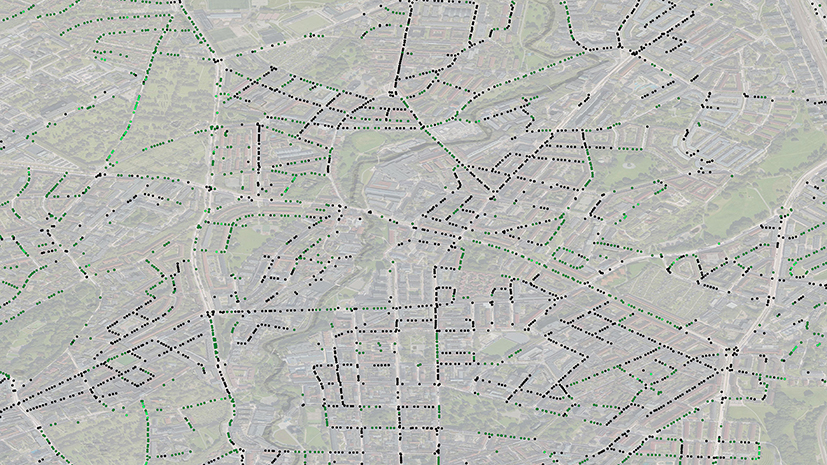
Integrating AI and GIS in urban landscape analysis and representation for enhanced community well-being
Abstract
This paper examines the integration of Artificial Intelligence (AI) and Geographic Information Systems (GIS) for urban landscape analysis, focusing on the enhancement of residents’ well-being through improved distribution and quality of green spaces. The study investigates two case studies: Perugia, Italy, and Oslo, Norway. Utilizing street-level imagery processed through semantic segmentation, the research quantifies the urban environment using metrics such as the Green View Index (GVI), Sky View Factor (SVF), and Building View Factor (BVF).
Perugia, with its historical architecture and compact medieval urban fabric, reveals a concentration of greenery in peripheral zones, with limited green visibility in its dense city center. In contrast, Oslo displays a more uniform integration of green spaces, ensuring high accessibility even within its central urban areas. These disparities reflect differing urban histories, geographic layouts, and planning approaches, emphasizing the challenges of achieving equitable green space distribution in varied contexts.
The findings underscore the pivotal role of green spaces in promoting psychological and physical health by mitigating urban stress and enhancing relaxation. The study also highlights the constraints of utilizing proprietary data sources such as Google Street View, advocating for the development of open-access and equitable data frameworks.
This research contributes to the field by proposing a scalable and transferable AI-driven methodology for urban landscape evaluation. The results provide actionable insights for urban planners and policymakers aimed at fostering sustainable and livable cities.
DOI: https://doi.org/10.20365/disegnarecon.33.2024.20
Keywords
Full Text:
PDFRefbacks
- There are currently no refbacks.
Copyright (c) 2024 Marco Seccaroni
DISEGNARECON
ISSN 1828 5961
Registration at L'Aquila Law Court no 3/15 on 29th June, 2015.
Indexed in SCOPUS. Diamond Open Access. All papers are subjected to double blind peer review process by qualified reviewers.
Journal founded by Roberto Mingucci
